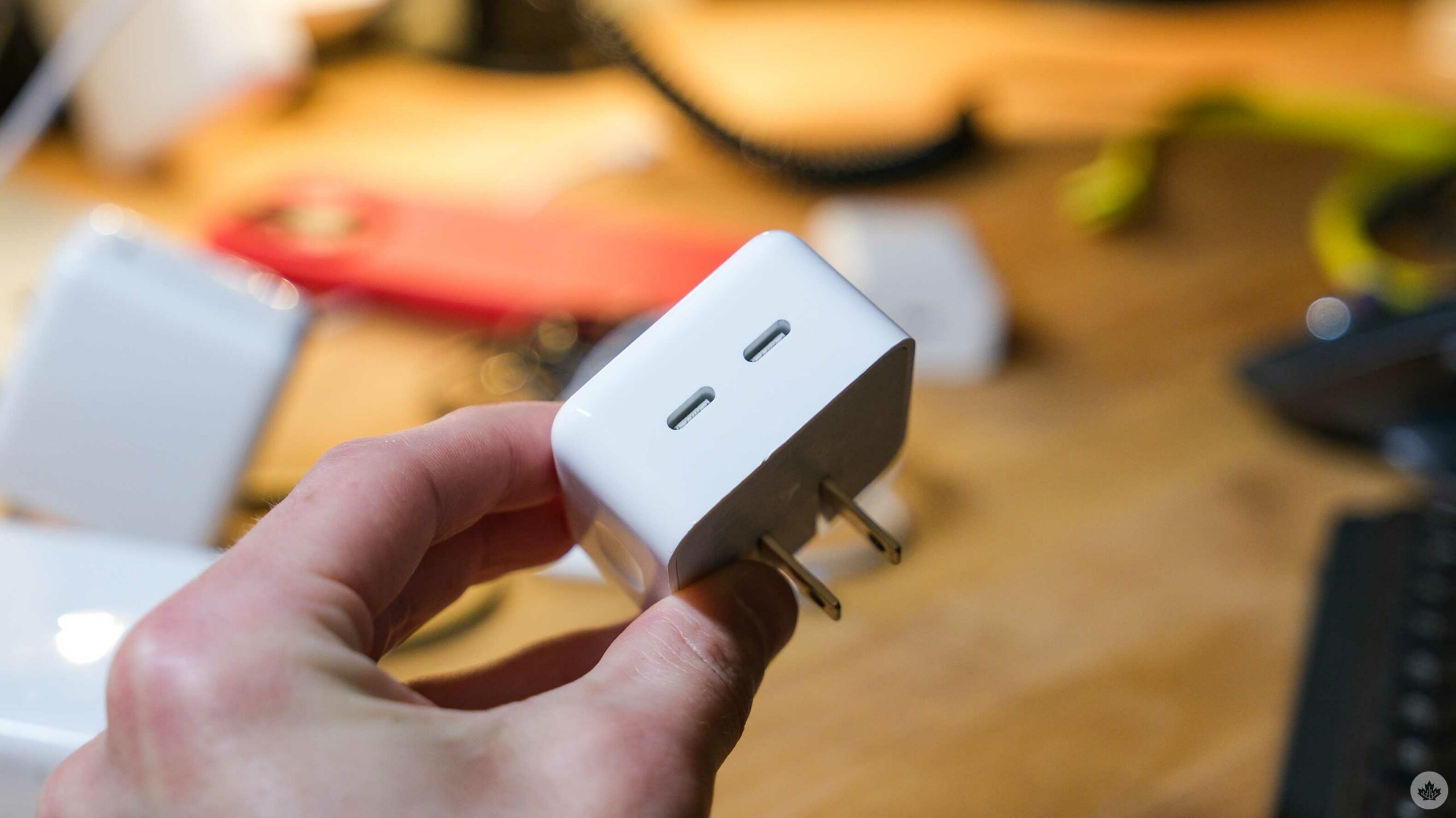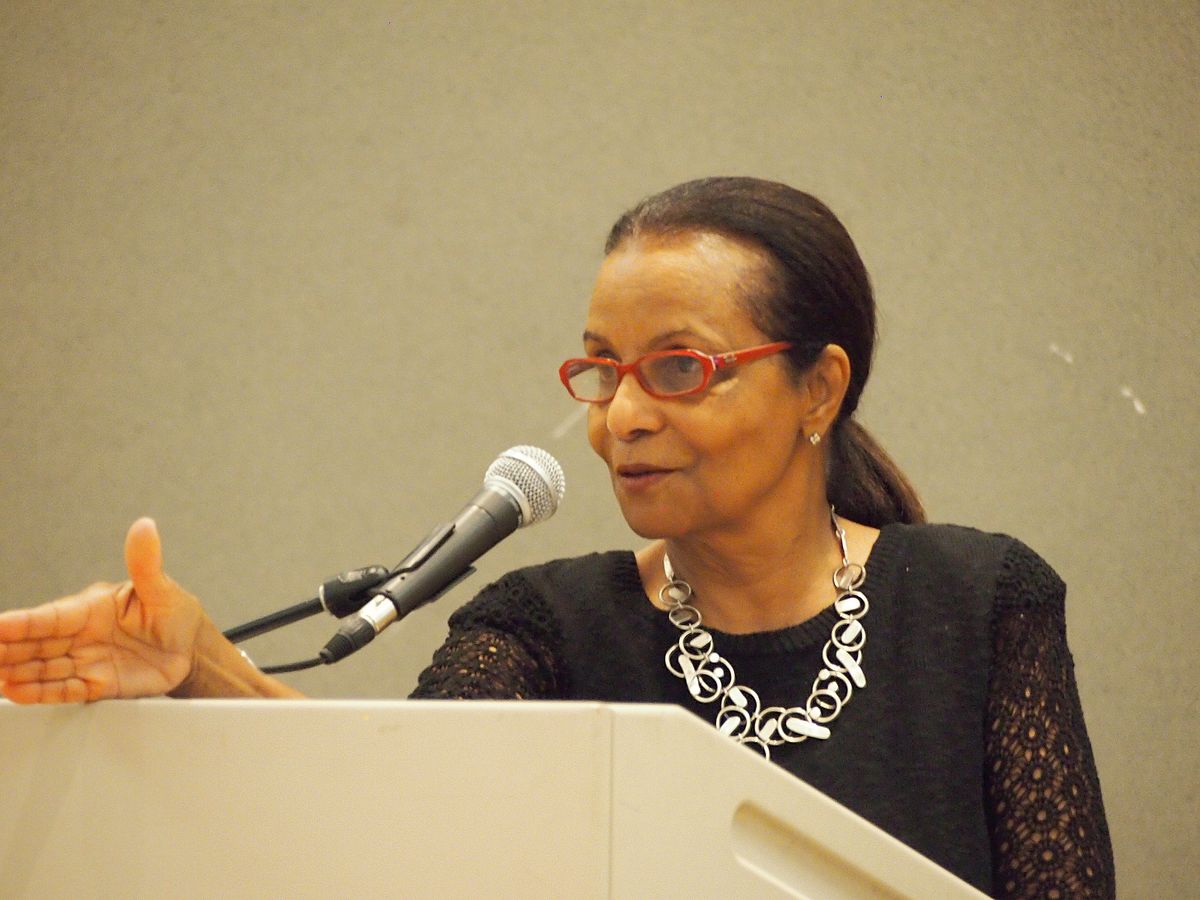When Apple launched the new M2 MacBook Air at WWDC, one of the notable changes was that it sold the laptop with three different charger options.
- 30-watt (single USB-C)
- 35-watt (dual USB-C)
- 67-watt (single USB-C)
Originally, I recommended that people pay a little extra for the fast charger. It made sense; fast chargers come in handy when you really needed to top up your computer in 30 minutes or less.
However, when Apple sent over the M2 Air review unit, I ended up with the dual port 35-watt option, which quickly became the most used charger in my house. I’m not saying you need an Apple-branded charger with more than one port, but anything small and portable with at least two ports can easily streamline your setup.
When you have two devices plugged in, it splits the 35 watts so each device only gets around 17.5 watts of power, but that’s still enough to fast charge an iPhone and keep your laptop topped up (as long as it’s an Air). The new charger makes me think that Apple is on the right track, but it should work to ensure that its more powerful bricks can charge more than one device at a time too.
For instance, if my 97-watt MacBook Pro charger had more than one port, without adding a retro PlugBug (I’m kind of shocked those are still around), I’m sure it would be used often instead of sitting on my shelf. That said, it’s so large that it doesn’t stay in wall outlets securely, so making it smaller or flatter, like the 35-watt model, would improve its use cases.
MobileSyrup’s Jon Lamont wrote about a 45-watt Ugreen brick, and it packs even more power than the Apple plug into a smaller form factor, and he felt the same way as me. Small and powerful chargers are so convenient that they put everything else to shame.
Overall, it feels like we’re on the cusp of charging brick greatness, so make sure the next charger you get can do more than one device at a time.





















Discussion about this post